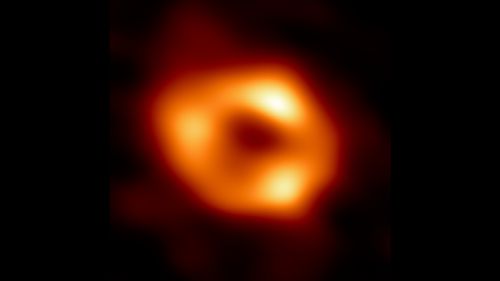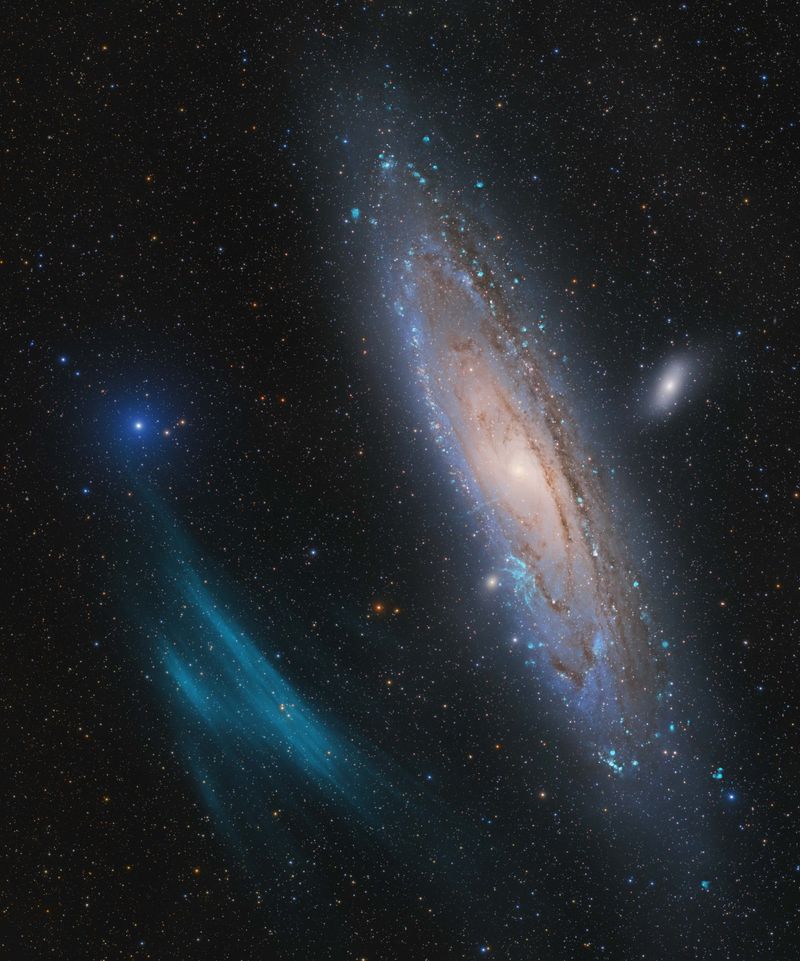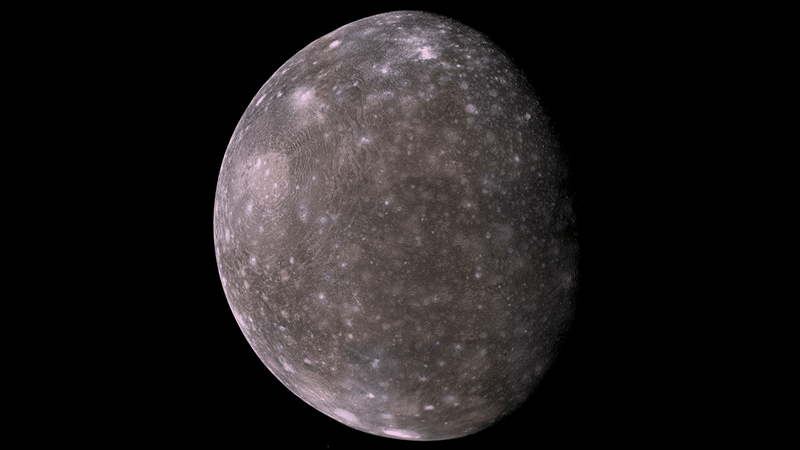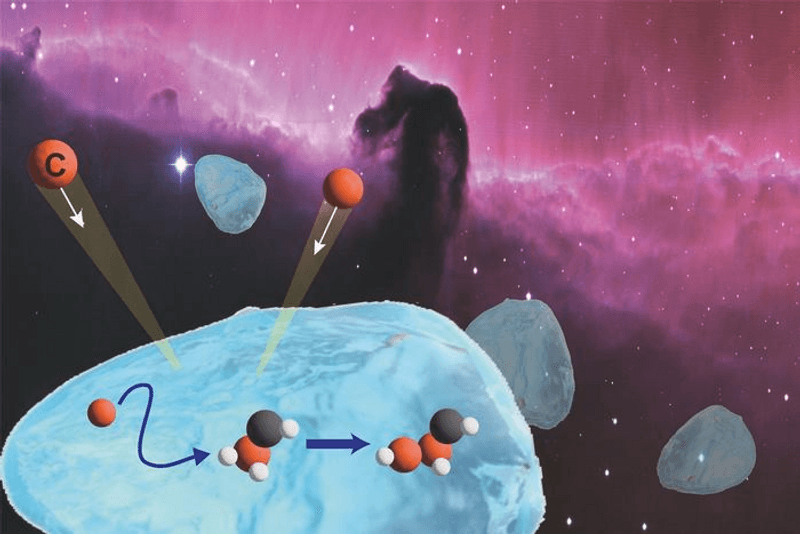This is the first-ever look at Sagittarius A*, the supermassive black hole that sits at the core of our galaxy, the Milky Way. Thanks to the Event Horizon Telescope collaboration that brought us the first-ever image of a back hole we now know what this cosmic giant in our corner of the universe looks like.
The momentous image was accompanied by observations in X-rays by NASA's Chandra observatory. Together these provide phenomenal new insights into the most important resident at the heart of the Milky Way. Among these, the team discovered that the spin axis of Sagittarius A* is almost pointing directly at Earth. The EHT team's results are being published The Astrophysical Journal Letters.
“We were stunned by how well the size of the ring agreed with predictions from Einstein’s Theory of General Relativity," said EHT Project Scientist Geoffrey Bower from the Institute of Astronomy and Astrophysics, Academia Sinica, said in a statement. "These unprecedented observations have greatly improved our understanding of what happens at the very centre of our galaxy, and offer new insights on how these giant black holes interact with their surroundings."
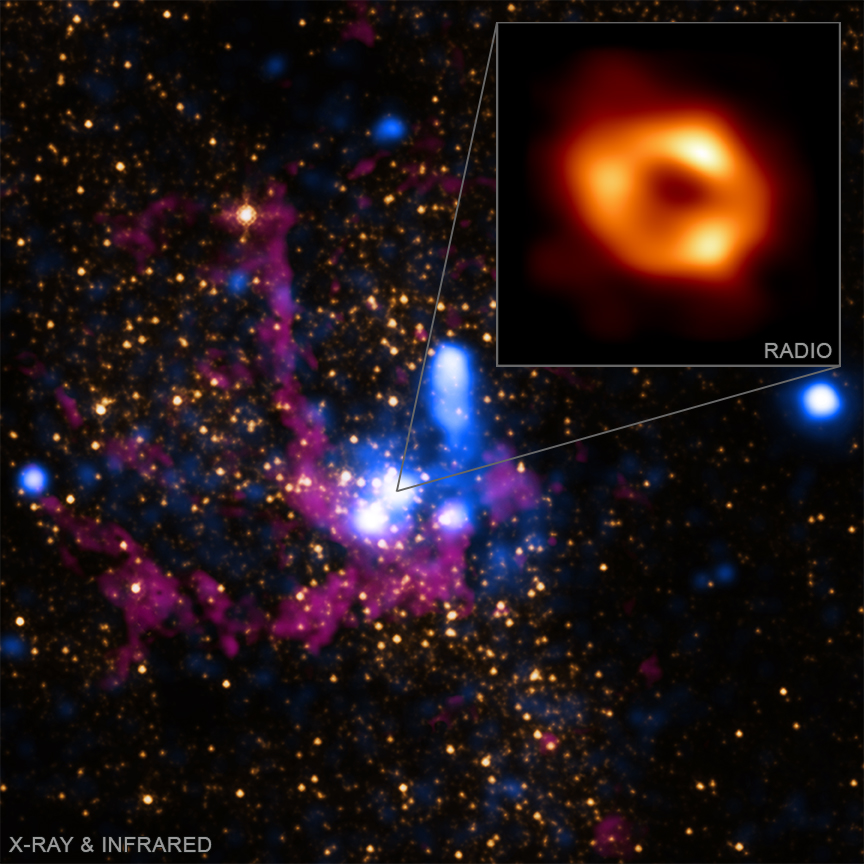
As supermassive black holes go, Sagittarius A* – pronounced “A star” – is not the most massive, but it still packs over 4 million times the mass of our Sun in an event horizon that is about 12 million kilometers (7.5 million miles) across. That’s 30 times the Earth-Moon distance.
That’s quite the size but when it comes to observing it, it doesn’t make it easy. First of all, black holes are by their very nature black. Nothing, not even light can escape their gravity. So we are not seeing Sagittarius A* directly, we're actually seeing the radio waves around the event horizon, the "surface" of the black hole, or the boundary between the black hole and the rest of the universe. The event horizon is the threshold where to escape the pull of the black hole you’d need to move faster than the speed of light. It’s the shadow of the event horizon of the black hole that astronomers managed to photograph.
Black holes are surrounded by an accretion disk, a flat spinning disk of gas, dust, and stellar debris that orbits the black hole, not quite falling in. We can see this disk because the immense force of the black hole’s gravity accelerates the spinning particles and they smash into each other, releasing X-rays and gamma rays in visible light, which allow us to observe – and now take photos. So Sagittarius A* is there, but what we are seeing is how it warps gravity and thus the hot plasma around itself.
The second challenge is its distance. At roughly 26,600 light-years away, Sagittarius A* is a tiny object to view. It's the equivalent of seeing an atom at about an arm's length, or a donut on the Moon. To reach that incredible resolution, you need an enormous telescope or you need to be very clever with physics. The Event Horizon Telescope collaboration did the latter to create the former.
Thanks to a technique known as Very Long Base Interferometry, it is possible to combine observations from radio telescopes that are separated on Earth by a certain distance in a way that makes them equivalent to a telescope the size of their separation. The Event Horizon Telescope has observatories across the world from Greenland and Antarctica to Europe and Hawai’i via North and South America. Together, they acted as a telescope as big as the Earth.
This groundbreaking collaboration released the historic first image of M87* – the asterisk symbolizes a black hole in astronomy – in 2019, with incredible follow-ups including the most accurate images of M87* yet and the first image of the magnetic field at the edge of a back hole. Sagittarius A* is 1,600 times smaller than M87*. The innermost stable orbit is about 4.5 light-minutes instead of weeks like the larger object. That means that the environment around Sagittarius A* changes more quickly, which made creating this image much more challenging.
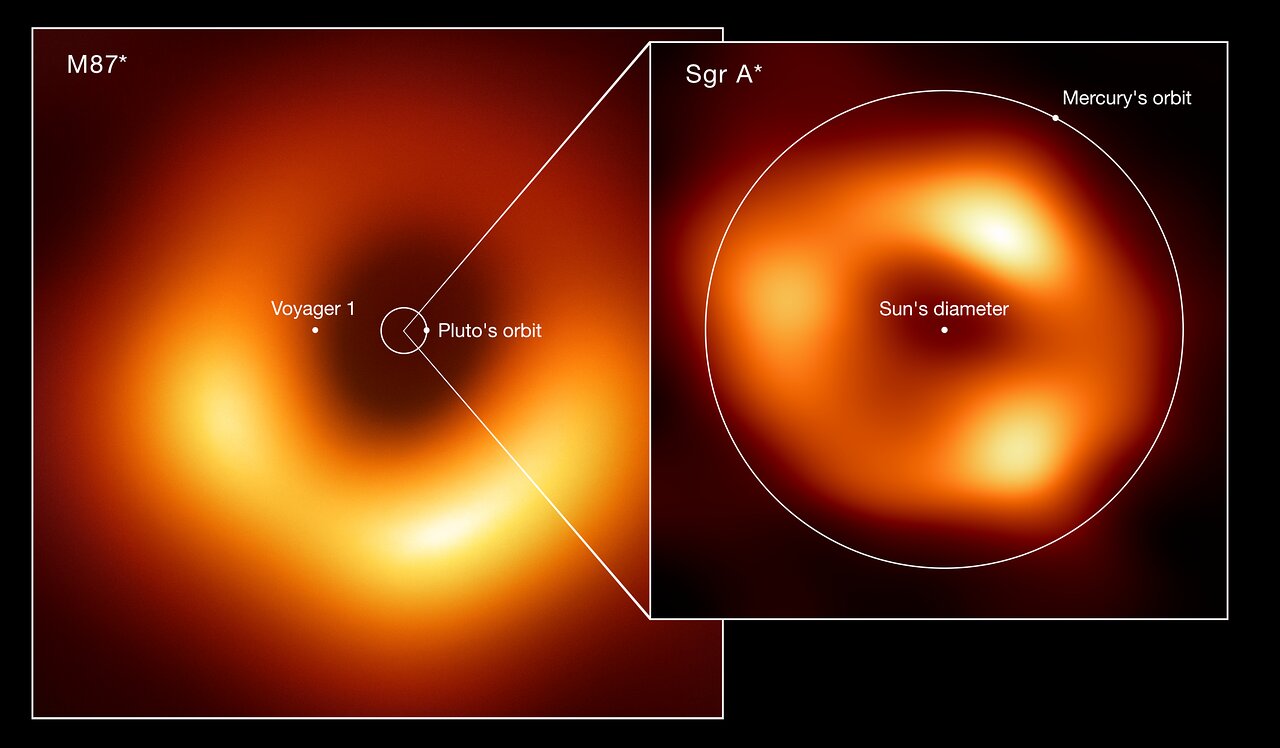
The collaboration conducted observing campaigns in 2021 and 2022 with even more telescopes, expanding their observations to other objects, and with the hope to go beyond still images and reveal the first-ever footage of a changing supermassive black hole.

